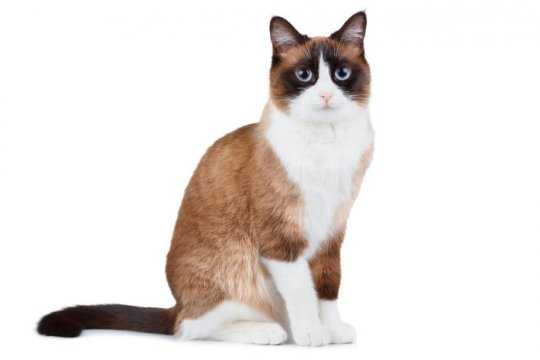Snowshoe cats don’t have any special nutritional needs, however they are known for exceptional longevity when their families prioritize good health and proper nutrition. We recommend offering your Snowshoe cat a high-quality, age-appropriate diet with plenty of protein and low levels of carbohydrates. This can help prevent obesity, which is a common health issue in older Snowshoe cats.
Snowshoe cats doing excellent job of looking after their own coats, which are typically very short and low-shedding. Occasional brushing can help remove any loose hair that might otherwise end up on furniture and clothing.
Because Snowshoes are prone to dental issues, it’s a very good idea to teach your cat how to have their teeth brushed from a young age. Routine at-home dental care is a great habit that can help your cat enjoy better health overall.
Last but not least, consider keeping your Snowshoe cat’s claws clipped. Toenail trimming is the easiest way to preserve your furniture, which these active cats are likely to jump on.
Snowshoe cats are highly active, with lots of energy to burn, particularly in their younger years. They love interactive play, either with their human family members or with other pets, and they appreciate toys of all kinds. These cats are perfectly capable of making their own fun when given a crinkly paper bag or a big empty box, and they love climbing cat towers, perching on window seats, and stretching out with the help of tall scratching posts.
Snowshoe cats are generally healthy, however they can suffer from some of the same problems that plague Siamese cats including hypertrophic cardiomyopathy, autosomal dominant polycystic kidney disease, and periodontal disease. These issues aren’t common, however they are worth watching for.
